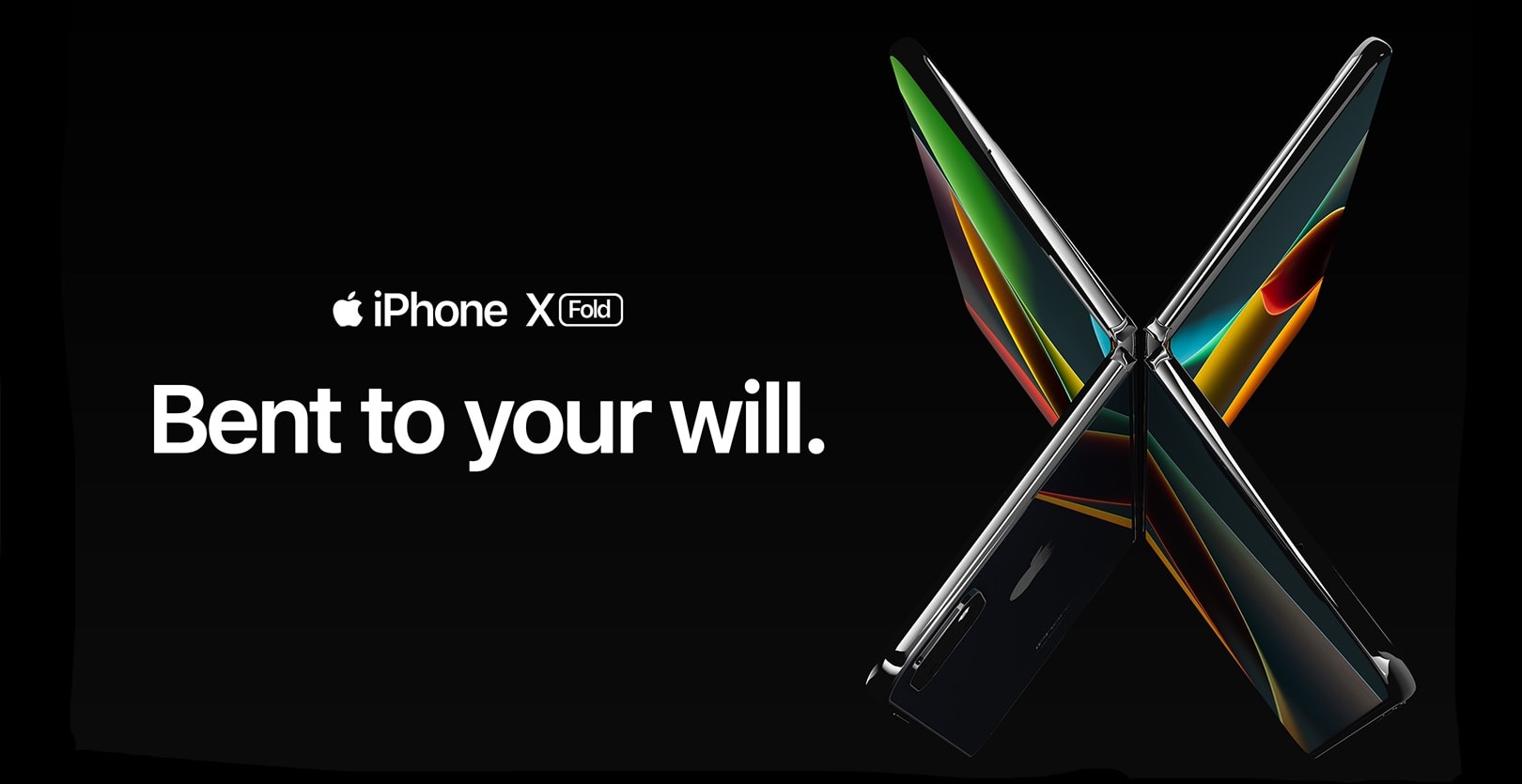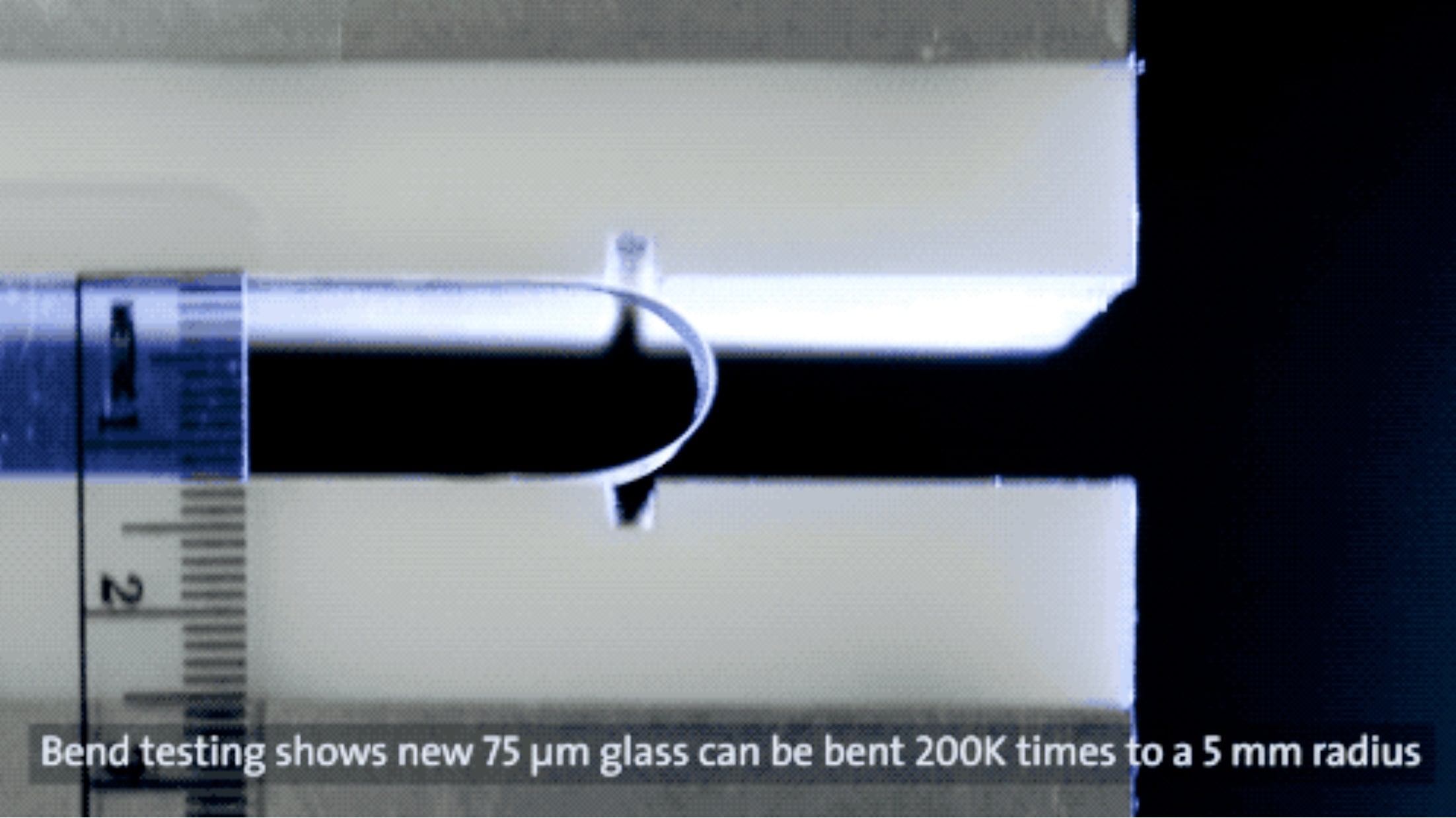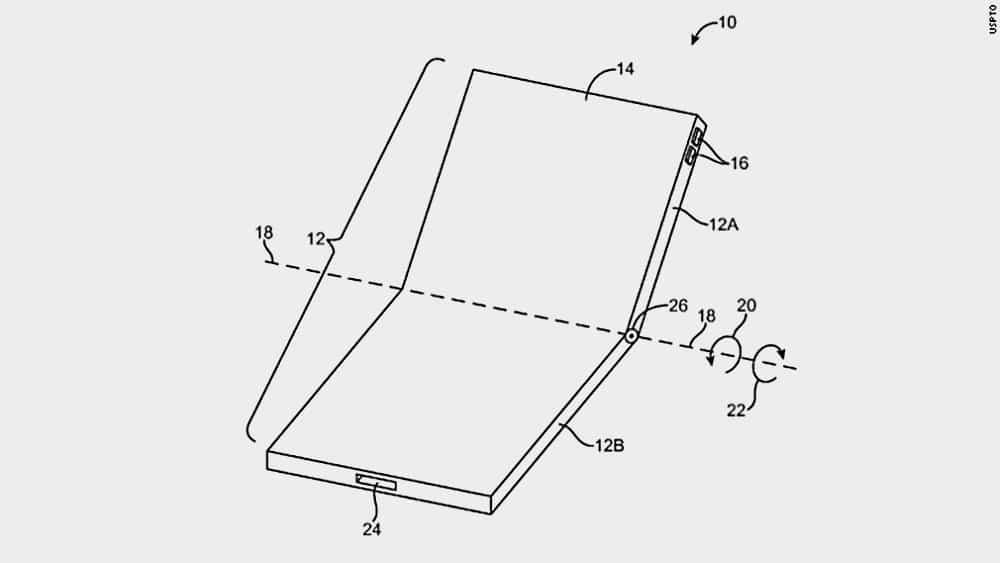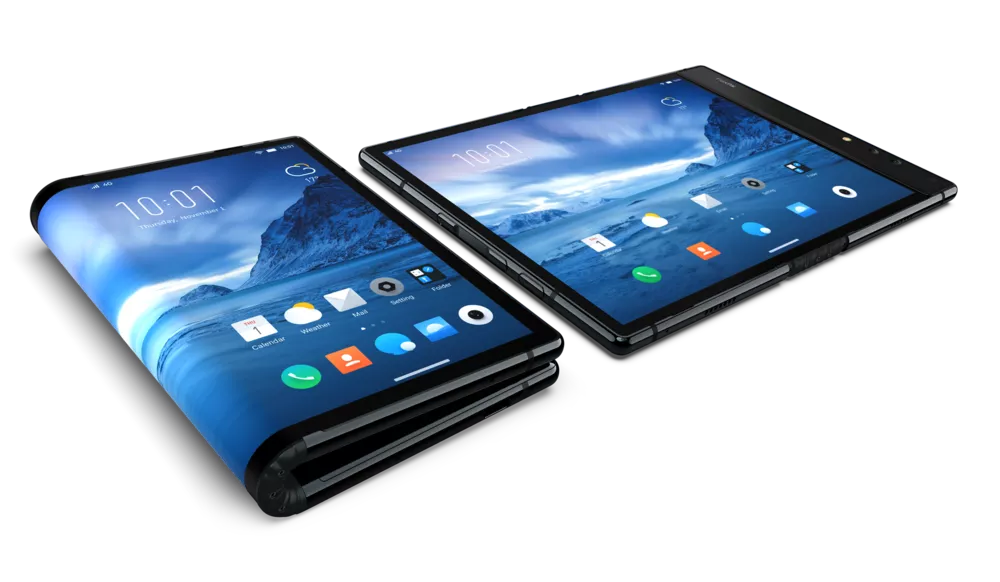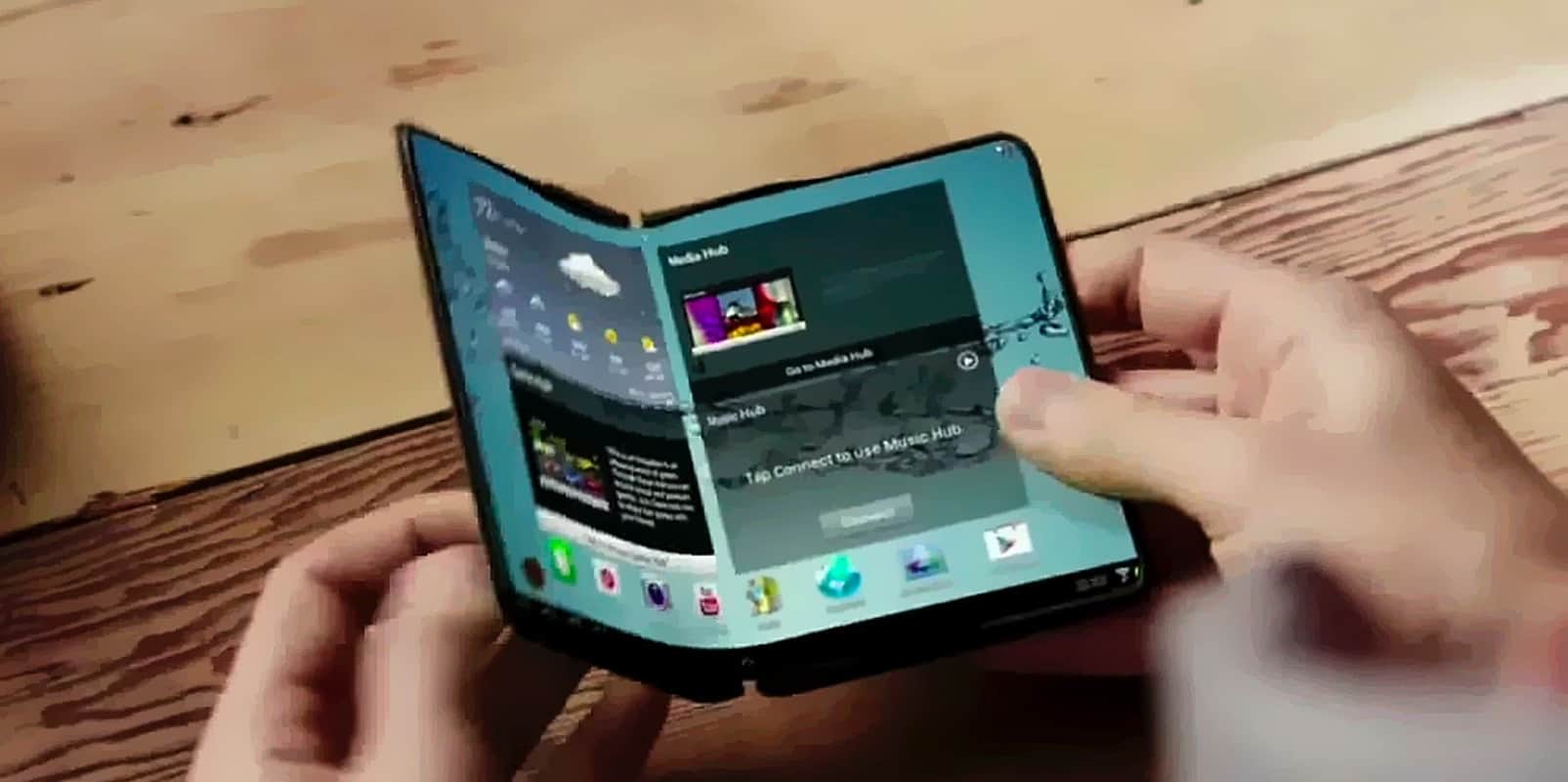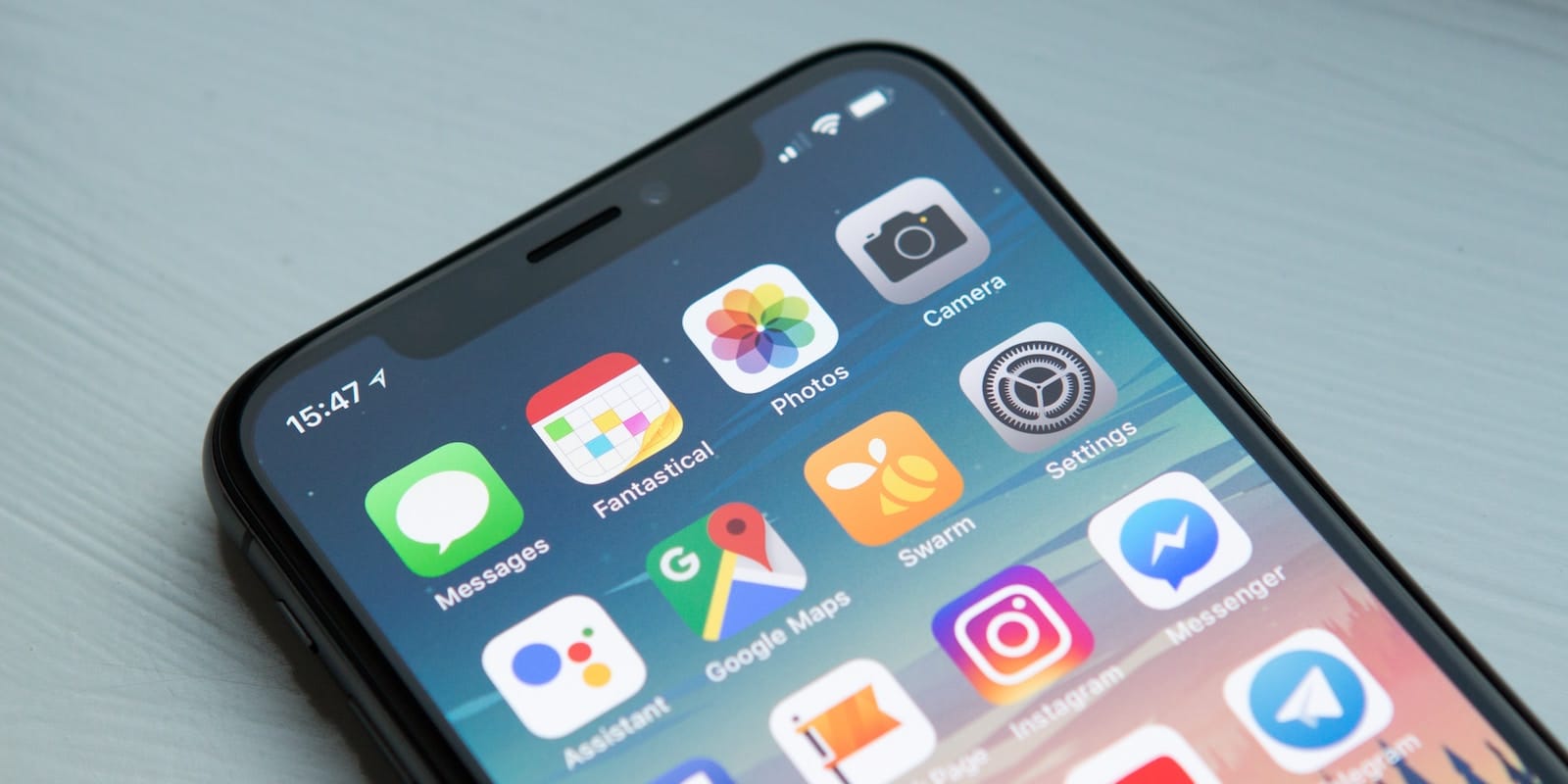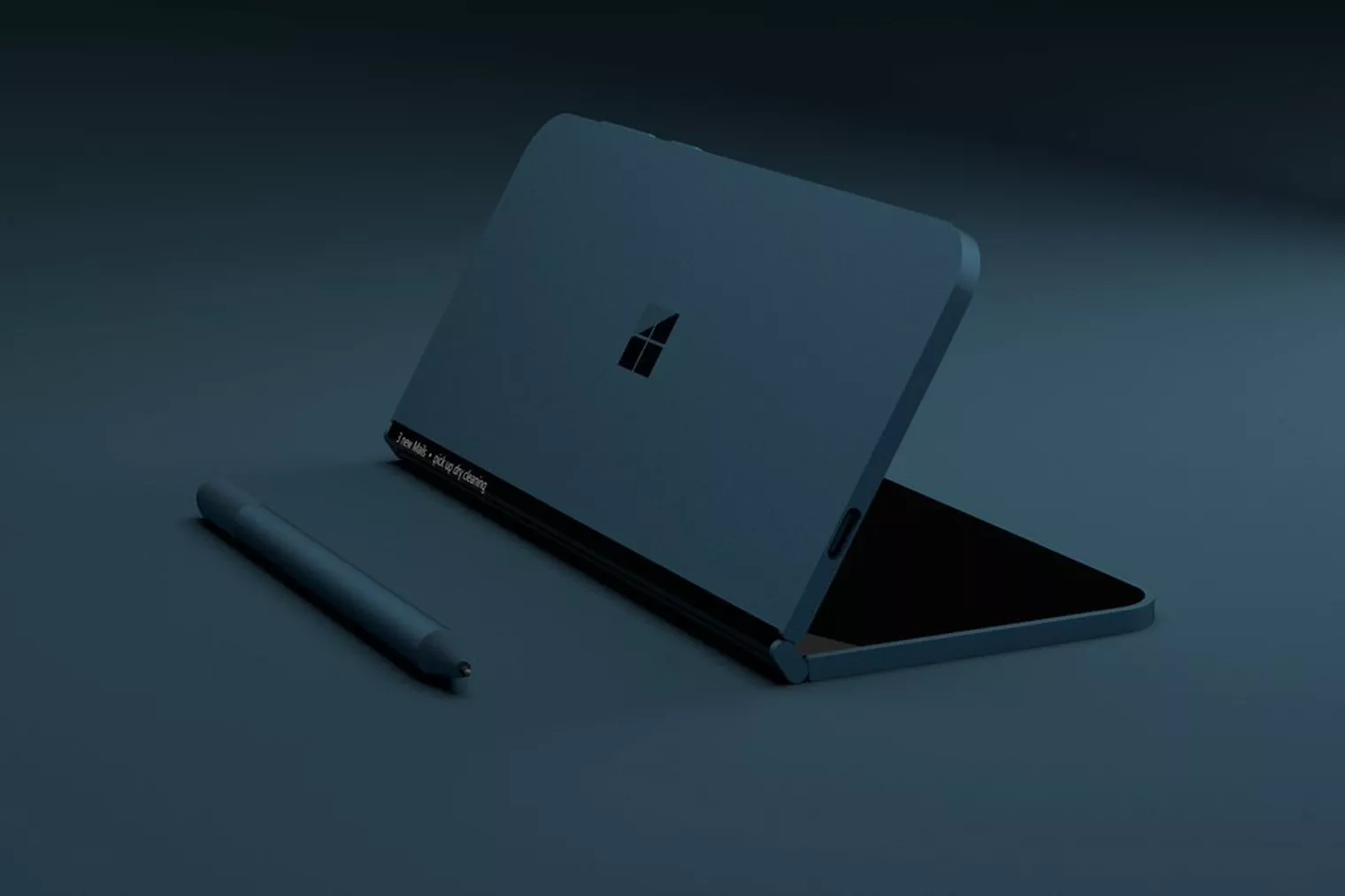Apple could have decided on the look of the first folding iPhone. Previously, the company was thought to be considering two options, but the winner is a “flip phone” design, according to a trusted Apple prognosticator.
The same source also has a hint that the folding iPhone might cost less than rival flexible phones. But it supposedly will not arrive before 2023 (and could come even later). With Apple’s focus on durability, the foldable iPhone could incorporate an advanced Liquidmetal hinge to improve longevity. Read more about Apple’s potential innovation here.
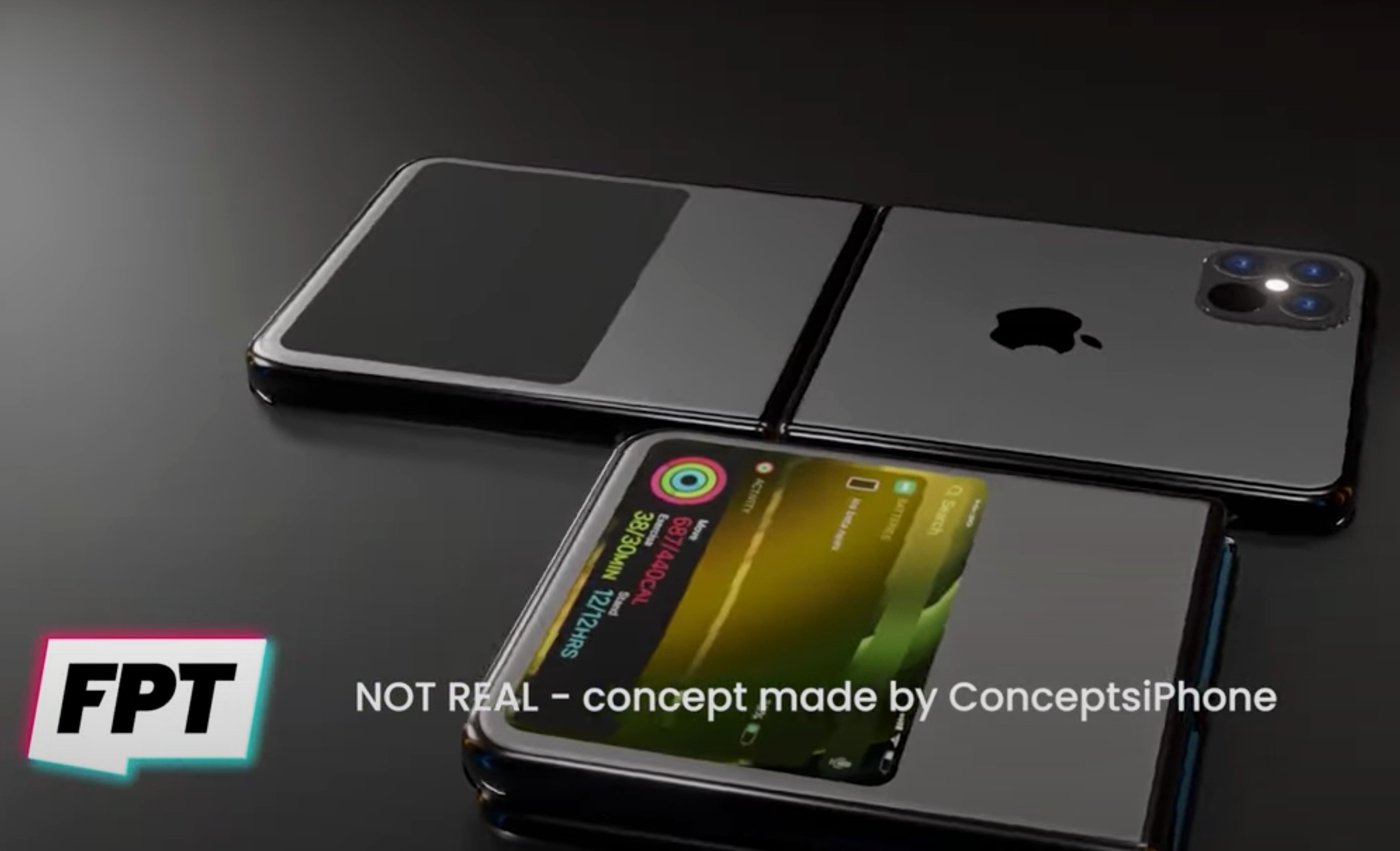

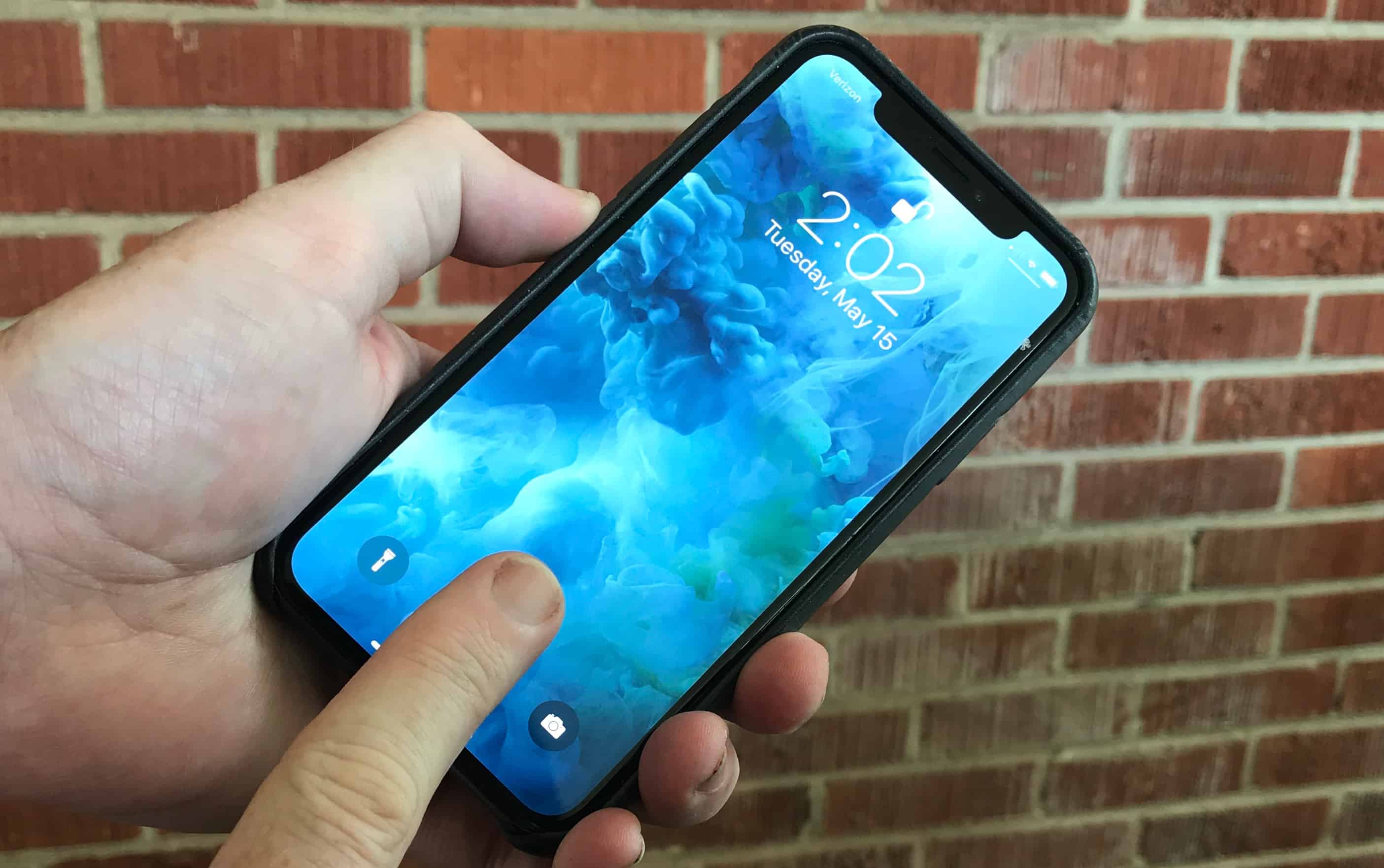
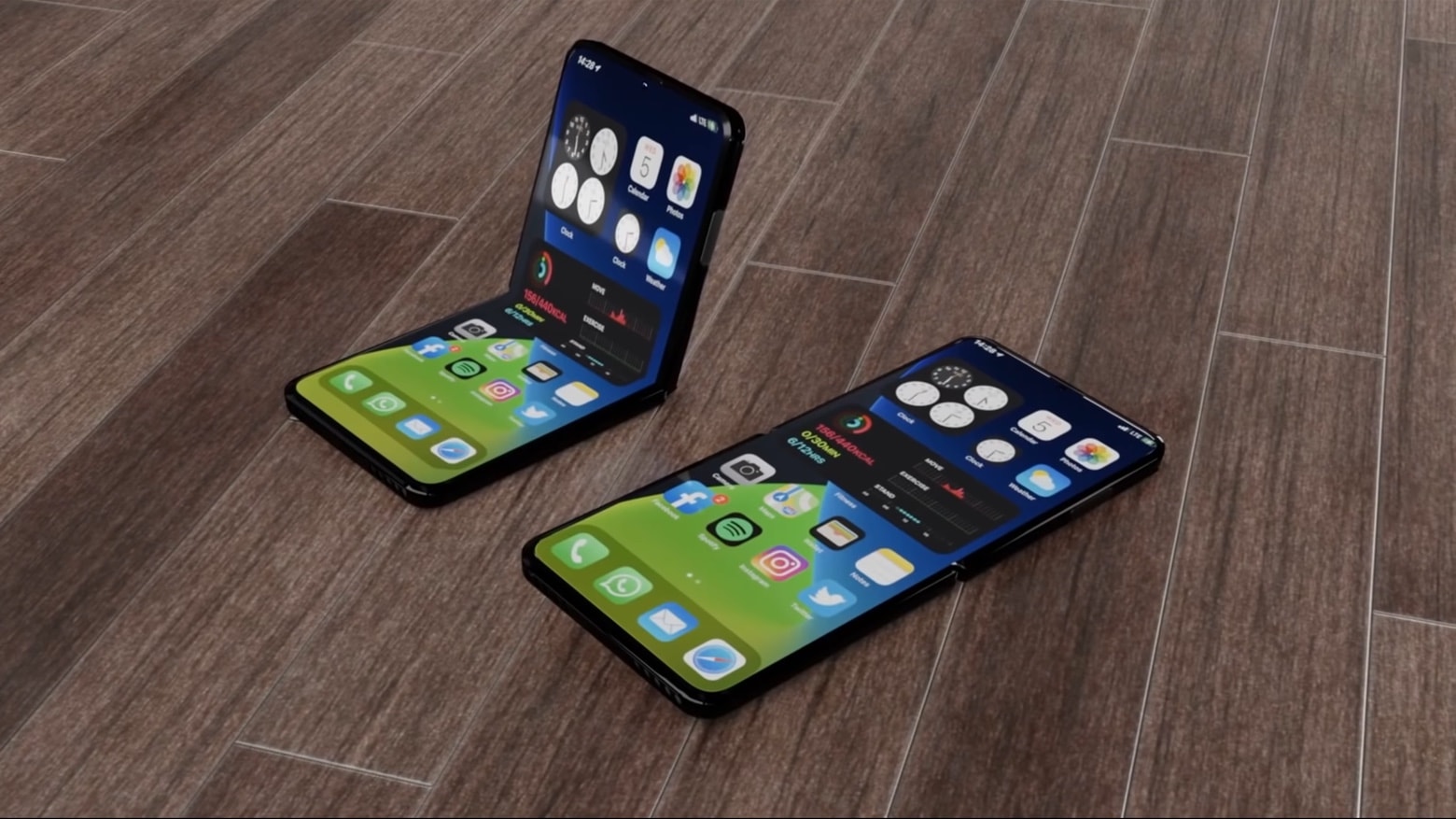

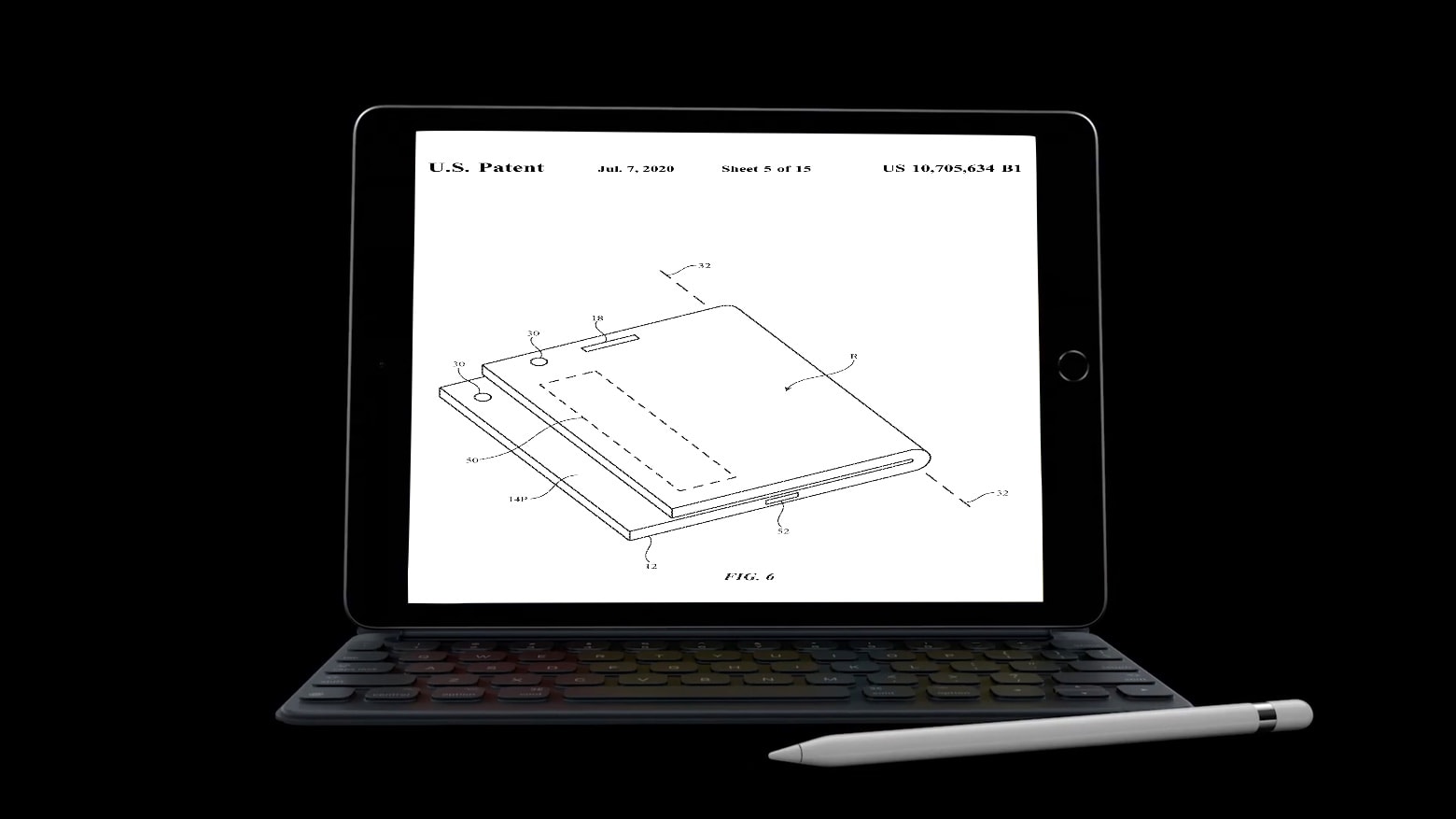

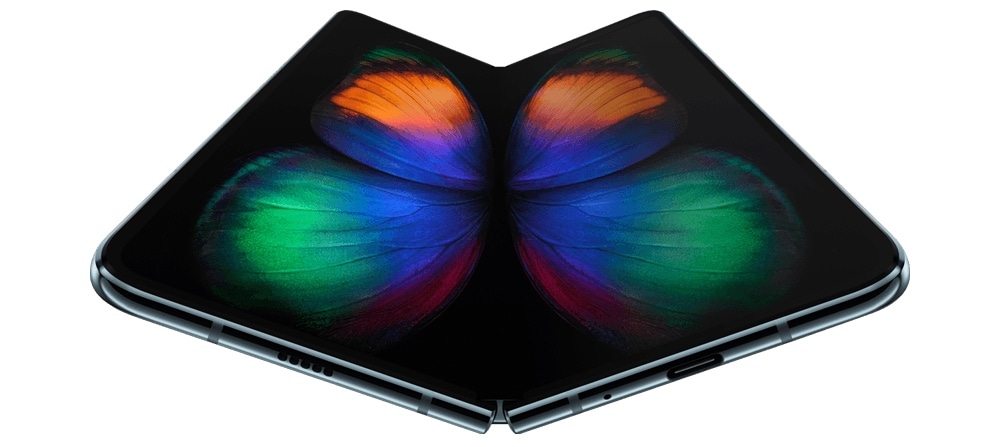

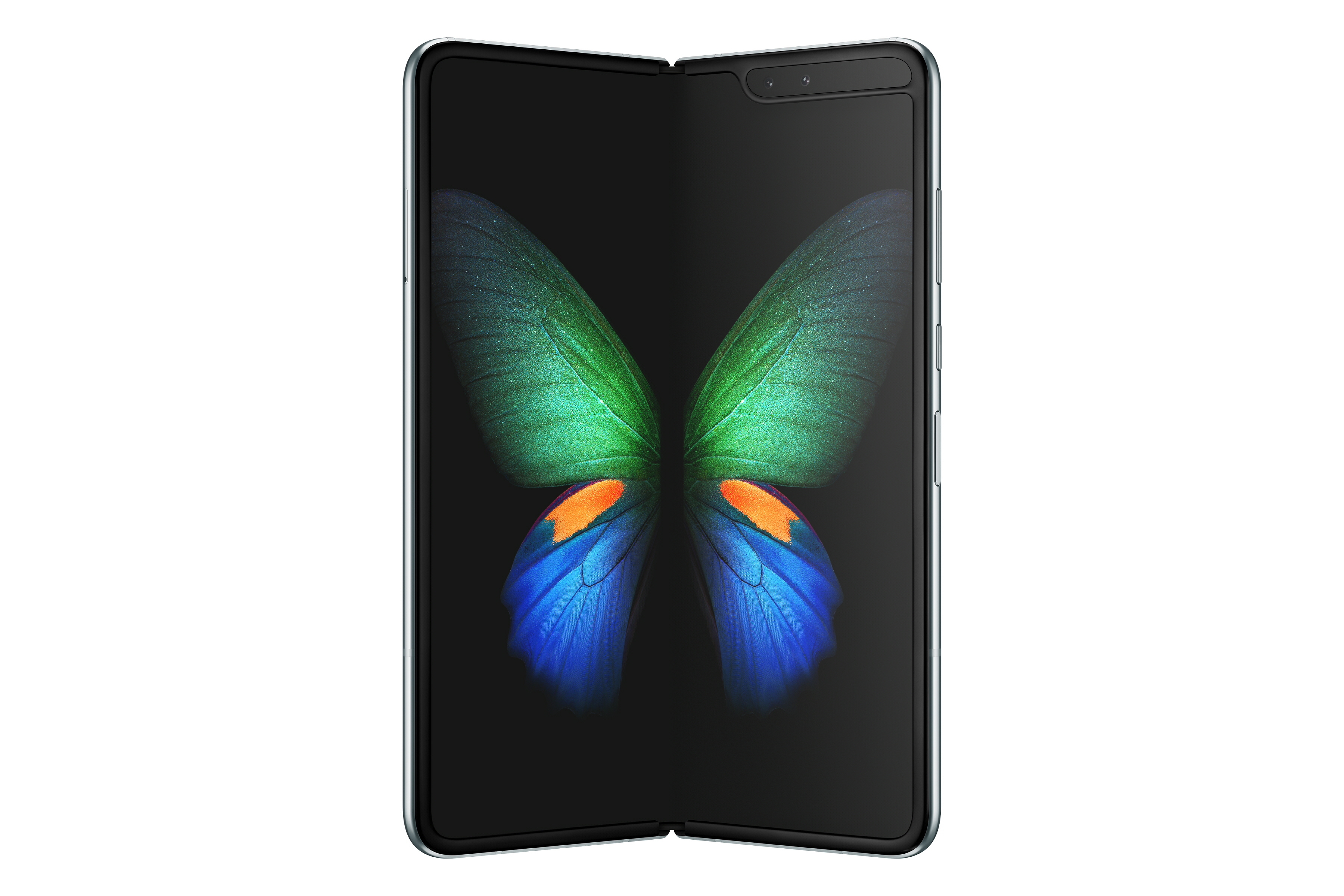
![It’s much too early to reject a folding iPhone [Opinion] Don’t close your mind to the potential of the folding iPhone.](https://www.cultofmac.com/wp-content/uploads/2019/04/34797A54-B9DF-4F95-B52D-C630B2D680D9.jpeg)
